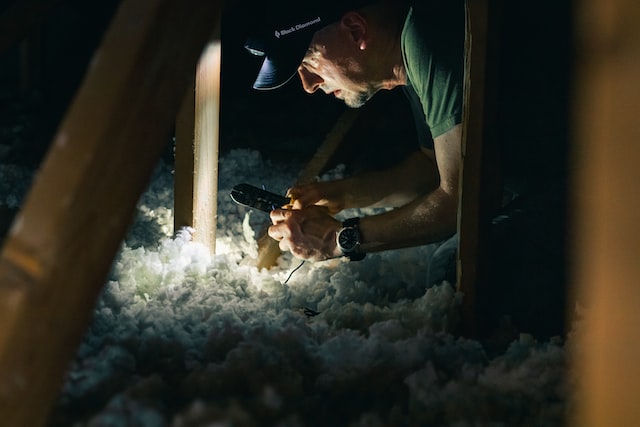Insulation is an important part of your home heating and cooling system. It helps protect your home from the elements, and it can save you on your energy bill. But how do you choose the right insulation for your home? In this guide, we’ll cover all of the basics of insulation—from what type to buy to how to measure it. We’ll also give you tips on how to make sure your installation is successful, so that you get the most out of your new investment in spray foam insulation.
What is insulation?
There are many types of insulation available, including drywall, window film, and metal. Drywall is the most common type of insulation because it’s easy to install and can be used in both residential and commercial applications. Window film is a more recent innovation that offers a higher level of protection against frostbite and other environmental damage. Metal is another popular choice for insulation because it’s strong and doesn’t corrode over time.
What is the Purpose of Insulation?
Insulation has several purposes, one of which is to protect individuals from the cold weather. Another purpose is to keep objects from heat buildup or fire exposure. Finally, some insulations are used as an air seal in order to keep objects from coming into contact with air outside the container.
What is the Different Types of Insulation?
There are three main types of insulation: drywall, window film, and metal (or aluminum). Drywall consists of a sheet material that’s attached to a wall or ceiling with screws or nails so it can’t be disturbed by people or animals while they’re cooking or sleeping in their home; window film is a thin layer of plastic or paper that’s affixed to your glass or window panes; and metal offers superior protection against frostbite and other environmental damage than traditional wood-based building materials. Metal is also more expensive to install, but it can offer a higher level of protection against frostbite and other environmental damage.
How to Get Started in the Home Heating and Cooling Industry?
This section provides a comprehensive guide to home heating and cooling units. You’ll learn about the different types of heating and cooling systems, get data on the heating and cooling markets, and understand the components of a system.
Learn about the Different Types of Heating and Cooling Systems.
In this section, you’ll learn about the different types of heating and cooling systems available on the market today. You’ll also be able to understand their advantages and disadvantages.
Get Data about the Heating and Cooling Markets.
In order to stay up-to-date on the latest trends in home heating and cooling, you need to have accurate information about the markets for each type of system. This section provides this information, along with tips on how to start your own home heating or cooling business.
Tips for Successfully Heating and Cooling Your Home.
There are many different types of heating and cooling units available on the market. To find the perfect unit for your home, it’s important to understand what type of unit you need and how it works. You can find a variety of products on the market, including central heating and cooling systems, radiant heated floors, window air conditioning systems, and infrared heaters.
Learn About the Different Types of Heating and Cooling Systems.
While there are many different types of heating and cooling systems available on the market, most homes will need one or more components in order to work correctly. These components include a furnace or boiler, a water heater or radiator, and an electrical system.
Get Data about the Heating and Cooling Markets.
Before you buy any equipment or begin installation, be sure to check out online databases like RENTCafé to get information about current housing prices in your area, as well as trends related to heating and cooling systems. Additionally, look into reviews online to see how other people have fared with their equipment – good news if you have questions about a product before buying!
Understand the Components of a Heating and Cooling System.
Each component of a heating or cooling system is important in order for it to work properly: The furnace or boiler (which heats up the room), the water heater or radiator (which supplies hot water), the electrical system (which connects all these pieces together), and finally the insulation (which helps protect your home from fire). By understanding these components further, you can make sure that your system is installed properly and meets your specific needs – without having to worry about overspending on unnecessary features!
Conclusion
Heating and Cooling Units, Heating and Cooling Systems, Components of a Heating and Cooling System, Tips for Successfully Heating and Cooling Your Home.












